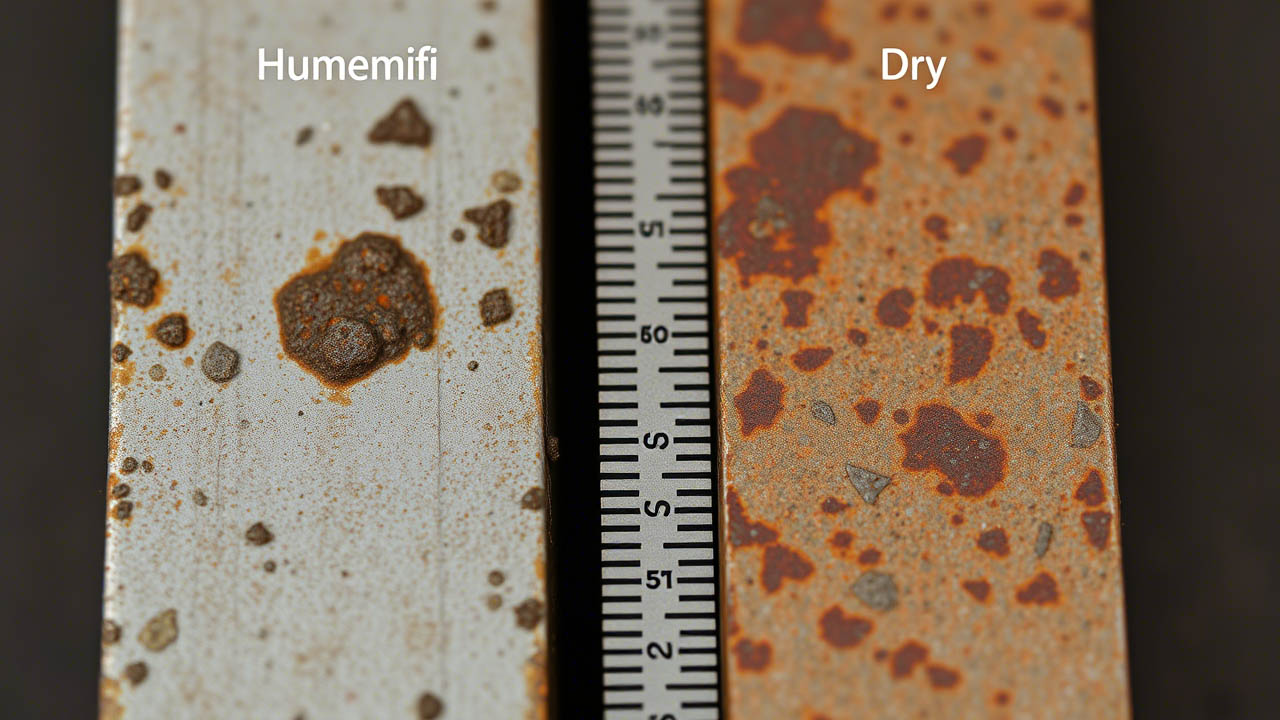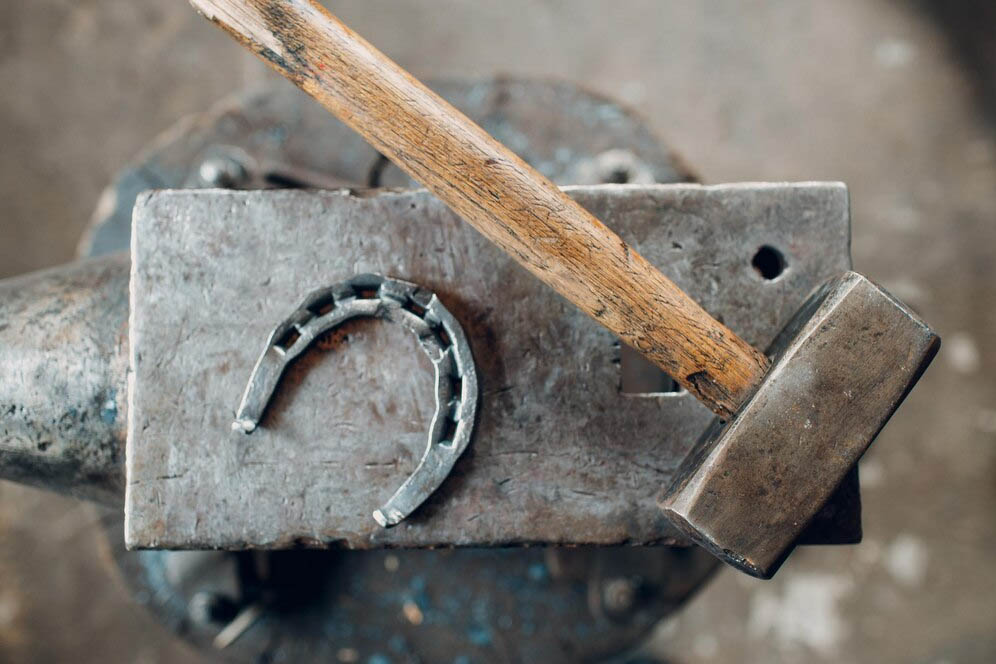Physical Address
304 North Cardinal St.
Dorchester Center, MA 02124
Physical Address
304 North Cardinal St.
Dorchester Center, MA 02124

In manufacturing and machining industries, tool steel represents a significant investment that directly impacts productivity and quality. Understanding how long does it take for tool steel to rust is crucial for proper maintenance planning, storage protocols, and overall tool life management. With tool steel components often costing thousands of dollars, premature corrosion can devastate operating budgets and cause unexpected downtime. This comprehensive guide examines the factors affecting rust formation on tool steel, typical timeframes for corrosion development, and proven strategies to extend the lifespan of your valuable tooling investments.
Tool steel isn’t a single material but rather a family of steel alloys designed for specific applications. Each type offers different properties, including varying resistance to corrosion. To understand how long does it take for tool steel to rust, we must first examine the composition of common tool steel varieties:
| Steel Type | Primary Alloying Elements | Relative Rust Resistance | Primary Applications |
|---|---|---|---|
| A-Series (Air-hardening) | Chromium, Molybdenum | Moderate | Cutting tools, dies |
| D-Series (High carbon) | Chromium, Molybdenum, Vanadium | Low to Moderate | Stamping dies, forming tools |
| H-Series (Hot work) | Chromium, Tungsten, Molybdenum | Moderate to High | Hot forming dies, extrusion tools |
| M-Series (Molybdenum) | Molybdenum, Tungsten, Vanadium | Moderate | High-speed cutting tools |
| O-Series (Oil-hardening) | Manganese, Chromium | Low | Shearing tools, forming dies |
| S-Series (Shock-resistant) | Silicon, Manganese | Low | Impact tools, chisels |
| T-Series (Tungsten) | Tungsten, Chromium | Moderate | High-temperature cutting tools |
The chromium content is particularly influential when determining how long does it take for tool steel to rust. Tool steels with chromium content above 12% (like some H-series varieties) form a passive chromium oxide layer that significantly slows corrosion. However, most tool steels contain insufficient chromium to provide complete protection, making them vulnerable to rust under certain conditions.

Multiple environmental and physical factors influence the rate at which tool steel corrodes:
The physical condition of tool steel significantly impacts how long does it take for tool steel to rust:
Understanding how long does it take for tool steel to rust requires recognizing that corrosion occurs in stages:
In adverse conditions (high humidity, presence of salts or acids), flash rusting can appear on unprotected tool steel within:
Surface rust develops more extensively, appearing as:
When asking how long does it take for tool steel to rust to the point of functional impairment, the timeline extends to:
According to industry research by the International Tool Manufacturing Association, tool steel items left unprotected in outdoor industrial environments lose approximately 0.001-0.003 inches of surface material to rust annually, with the first visible signs appearing much earlier.
Understanding how long does it take for tool steel to rust helps implement appropriate preventive measures:
Implementing regular inspection and maintenance significantly affects how long does it take for tool steel to rust:
Understanding how long does it take for tool steel to rust provides significant economic advantages:
According to manufacturing industry statistics, companies implementing comprehensive tool steel protection programs report 27% lower tooling costs and 14% fewer unexpected production stoppages annually.
The question of how long does it take for tool steel to rust doesn’t have a single answer but depends on multiple variables including steel composition, environmental conditions, and preventive measures employed. Without protection, tool steel can begin showing signs of rust within hours in adverse conditions or days in typical industrial environments. With proper preventive measures, the same tools can remain rust-free for years. By understanding the factors that accelerate corrosion and implementing appropriate protection strategies, manufacturers and machinists can significantly extend the useful life of expensive tool steel components, improving both operational efficiency and financial performance. Don’t leave your valuable tool investments vulnerable—implement a comprehensive rust prevention program based on the guidelines presented in this article.
Can tool steel rust overnight? Yes, under high humidity (80%+) and in the presence of contaminants like salt or industrial chemicals, tool steel can develop visible flash rust within 8-12 hours.
Which tool steel type resists rust the longest? H-series hot work tool steels with higher chromium content (like H13) generally offer the best corrosion resistance among conventional tool steels, sometimes taking 5-10 times longer to rust than low-alloy varieties.
Does working temperature affect how quickly tool steel rusts? Yes, tools operating at higher temperatures often develop micro-cracks in their protective oxide layers, creating pathways for accelerated corrosion when exposed to moisture later.
Can I remove rust from tool steel without damaging the tool? Light surface rust can be removed using fine abrasives, specialized chemical rust removers with corrosion inhibitors, or electrolytic methods that don’t compromise dimensional accuracy.
Do modern tool steels rust more slowly than older formulations? Many modern premium tool steels incorporate enhanced chemistry with higher chromium, molybdenum, and vanadium content, which can slow rust formation by 30-50% compared to traditional formulations tool steel